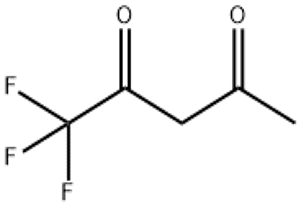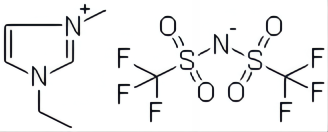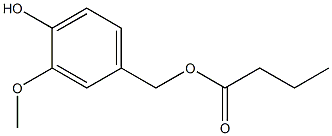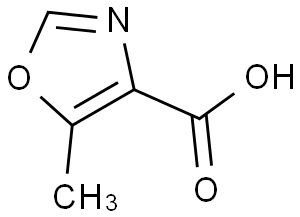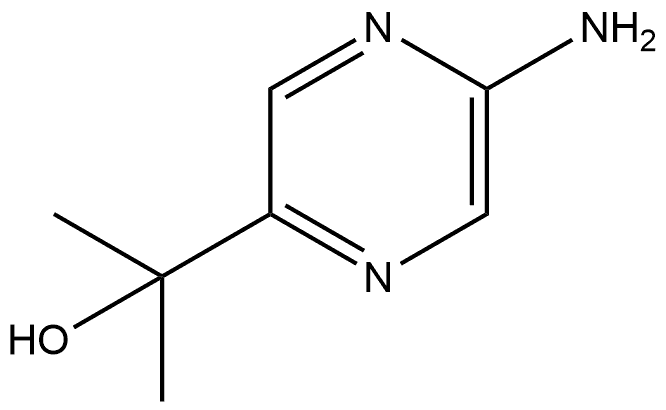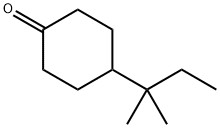1 1 1-Trifluoroacetylacetone(CAS# 367-57-7)
| Risk Codes | R10 – Flammable R20/21/22 – Harmful by inhalation, in contact with skin and if swallowed. R36/37/38 – Irritating to eyes, respiratory system and skin. |
| Safety Description | S36/37 – Wear suitable protective clothing and gloves. S36/37/39 – Wear suitable protective clothing, gloves and eye/face protection. S26 – In case of contact with eyes, rinse immediately with plenty of water and seek medical advice. S16 – Keep away from sources of ignition. |
| UN IDs | UN 1224 3/PG 3 |
| WGK Germany | 3 |
| TSCA | T |
| HS Code | 29147090 |
| Hazard Note | Flammable/Irritant |
| Hazard Class | 3 |
| Packing Group | III |
Introduction
Trifluoroacetylacetone is an organic compound. The following is an introduction to its properties, uses, manufacturing methods and safety information:
Quality:
- Trifluoroacetylacetone is a colorless liquid with a strong pungent odor.
- Trifluoroacetylacetone is a polar solvent that is soluble in many organic solvents such as ethanol and ether and also soluble in water.
Use:
- Trifluoroacetylacetone is often used as a reagent in organic synthesis, especially in the synthesis and analysis of carbohydrate compounds.
- It can be used in a variety of organic chemical reactions such as catalytic reactions, oxidation reactions, and condensation reactions.
- Trifluoroacetylacetone can also be used as a reference material in spectroscopic analysis.
Method:
- Trifluoroacetylacetone is often prepared by the reaction of fluorohydrocarbons and acetyl ketone. For the specific preparation method, please refer to the manual of organic synthesis.
Safety Information:
- Trifluoroacetylacetone is irritating and can cause damage to the eyes, skin, and respiratory system. Protective eyewear, gloves and respiratory protection are required for use.
- Maintain good ventilation during operation and avoid inhaling its vapors.
- Avoid contact with strong oxidizing agents and flammable substances to avoid fire or explosion.
- When storing, it should be kept tightly sealed, away from fire and high temperatures, and away from direct sunlight.
- In case of accidental contact with or inhalation of trifluoroacetylacetone, move to a place of fresh air immediately and seek medical assistance.


